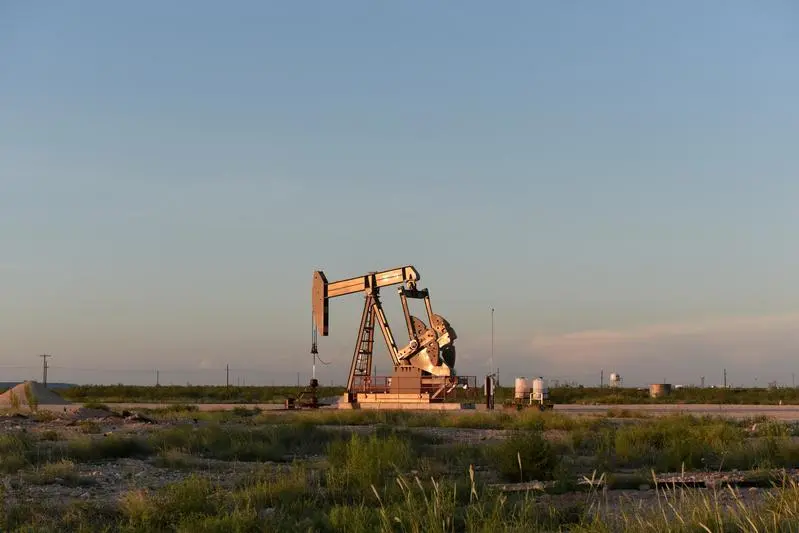PHOTO
LONDON - Global oil benchmark Brent rose above $88 a barrel for the first time since October on Tuesday as oil supplies faced fresh threats with more Ukranian attacks on Russian energy facilities and escalating conflict in the Middle East.
Brent futures for June delivery were up $1.29, or nearly 1.5%, at $88.71 a barrel by 0912 GMT. U.S. West Texas Intermediate (WTI) crude futures for May rose $1.30, or about 1.6%, to $85.01.
Ukraine struck one of Russia's biggest refineries on Tuesday with a drone 1,300 km (800 miles) from the front lines in Ukraine, which Russia initially said it had repelled.
A Reuters analysis of images showing the impact of the attack suggest it hit the refinery's primary oil refining unit, which accounts for about half of the plant's total annual production capacity of 340,000 barrels per day (bpd).
Russia, among the top three global oil producers and one of the largest exporters of oil products, has been contending with a spate of ukrainian attacks on its oil refineries and has mounted its own attacks on Ukrainian energy infrastructure.
In the Middle East, meanwhile, Iranian President Ebrahim Raisi said Iran will retaliate for a suspected Israeli air strike against its consulate in the Syrian capital Damascus.
Israel's has been at war against Iran-backed Palestinian group Hamas in Gaza, but direct Iranian involvement could spark a "region-wide conflict with plausible impact on oil supply", said Tamas Varga at oil broker PVM.
Markets are also looking ahead to Wednesday's meeting of the Organization of the Petroleum Exporting Countries (OPEC) and its allies, together known as OPEC+, which will review implementation of the group's oil output cuts.
Members are expected to maintain current voluntary output cuts of 2.2 million bpd to the end of the second quarter. OPEC's output fell last month by 50,000 bpd, indicating the voluntary cuts are having some effect.
Signals on the demand side are also perking up.
Manufacturing activity in China expanded for the first time in six months in March and in the U.S. for the first time in 1-1/2 years, which should translate to rising oil demand this year. China is the world's largest crude importer and second-largest consumer while the U.S. is the biggest consumer.
(Reporting by Natalie Grover in London, Colleen Howe in Beijing and Trixie Yap in Singapore Editing by David Goodman)












